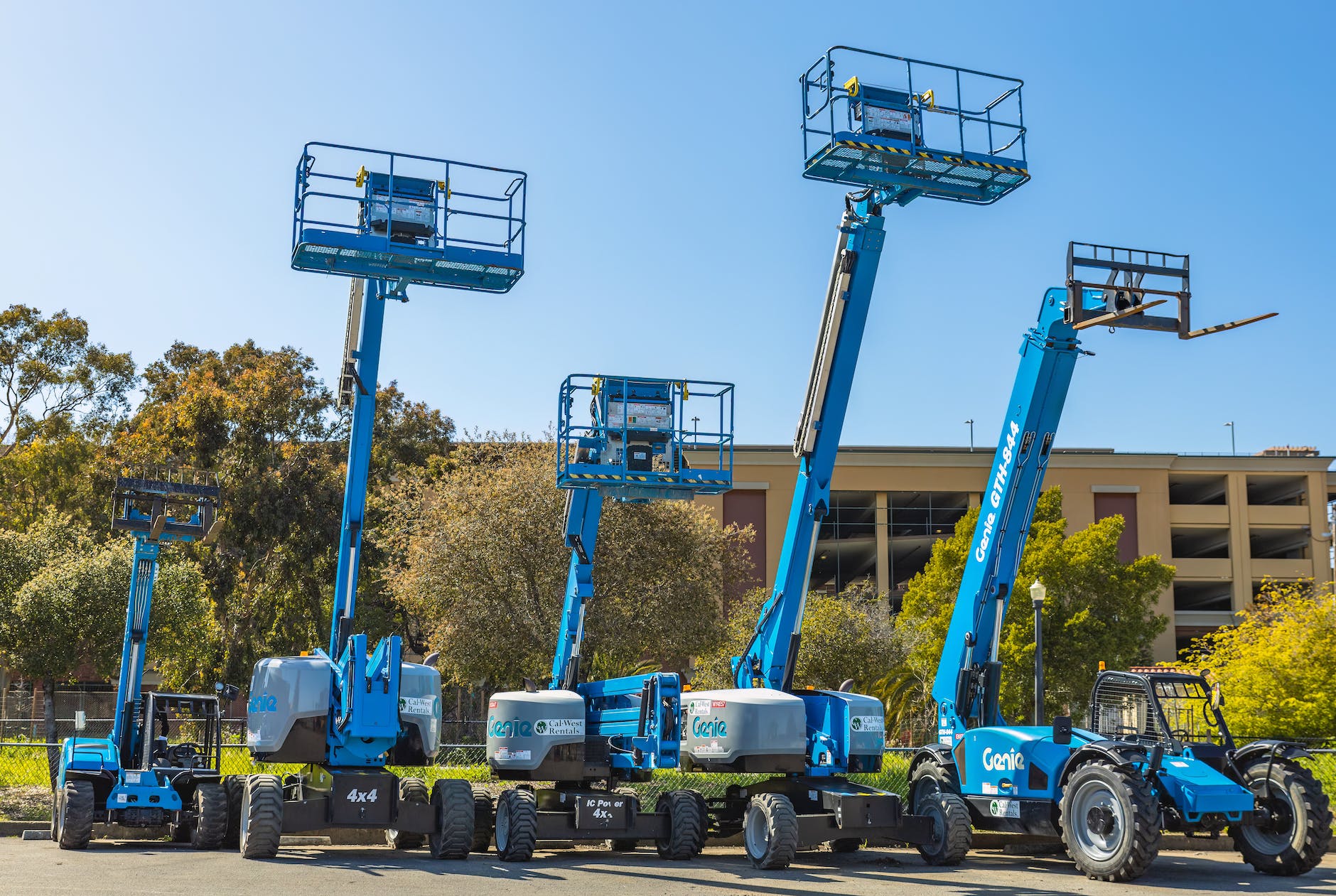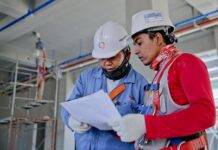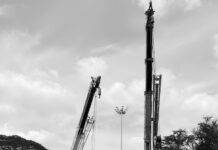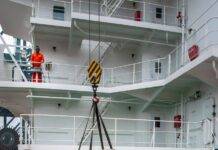
Aerial Lift Safety: Operator Training and Fall Protection
Introduction
Aerial lifts play a crucial role in various industries, providing access to elevated work areas. However, their use comes with inherent risks, making operator training and fall protection vital components of ensuring workplace safety. This article explores the importance of proper operator training and fall protection measures for aerial lifts.
Understanding Aerial Lift Safety
- Common Aerial Lift Hazards
- Falls: Falls from elevated positions are a significant hazard associated with aerial lift operations.
- Electrocution: Contact with power lines poses the risk of electrocution.
- Tip-Overs: Improper use or instability can lead to tip-overs, resulting in injuries.
- Legal Requirements
- OSHA Regulations: The Occupational Safety and Health Administration (OSHA) has specific regulations governing the use of aerial lifts.
- Training Mandates: OSHA requires employers to provide proper training for aerial lift operators.
- Importance of Operator Competence
- Skill Requirements: Aerial lift operators must possess the necessary skills and knowledge to operate the equipment safely.
- Continuous Training: Regular training ensures operators remain competent and updated on safety protocols.
Operator Training for Aerial Lifts
- Formal Training Programs
- Certified Instructors: Employ certified instructors to conduct formal training programs.
- Theory and Practical Sessions: Include theoretical aspects and hands-on practical sessions in the training.
- Equipment Familiarization
- Understanding Controls: Operators should be familiar with the controls and functions of the specific aerial lift they operate.
- Pre-Use Inspection: Emphasize the importance of pre-use inspections to identify any equipment issues.
- Safety Protocols
- Emergency Procedures: Train operators on emergency procedures, including evacuation and response to malfunctions.
- Communication: Stress the significance of clear communication between operators and ground personnel.
- Hands-On Training
- Operational Practice: Provide ample hands-on training, allowing operators to practice maneuvers and control functions.
- Simulated Scenarios: Simulate various work scenarios to prepare operators for real-world challenges.
- Written Evaluations
- Knowledge Assessment: Conduct written evaluations to assess operators’ understanding of safety guidelines and operational protocols.
- Regular Assessments: Periodic assessments help reinforce training and identify areas for improvement.
Fall Protection for Aerial Lift Operators
- Personal Fall Arrest Systems (PFAS)
- Harness and Lanyard Use: Aerial lift operators should wear a harness connected to an appropriate lanyard.
- Anchor Points: Ensure the availability of suitable anchor points for connecting fall protection equipment.
- Guardrail Systems
- Installed Guardrails: Some aerial lifts come equipped with guardrail systems for added fall protection.
- Regular Inspection: Inspect guardrails regularly to ensure they are secure and in proper working condition.
- Work Restraint Systems
- Limiting Movement: Work restraint systems restrict the range of movement, reducing the risk of falls.
- Proper Adjustment: Ensure that restraint systems are properly adjusted for individual operators.
- Emergency Descent Devices
- Accessible Devices: Aerial lift operators should have access to emergency descent devices in case of equipment malfunction.
- Training on Usage: Train operators on the proper use of emergency descent devices for safe evacuation.
- Continuous Monitoring
- Supervision: Implement a system of continuous monitoring and supervision to ensure that fall protection measures are consistently followed.
- Feedback and Improvement: Provide feedback to operators and encourage a culture of continuous improvement in safety practices.
Conclusion
Aerial lift safety is a critical aspect of workplace safety, requiring a combination of proper operator training and robust fall protection measures. By investing in comprehensive training programs, equipment familiarization, and the implementation of effective fall protection systems, employers can significantly reduce the risks associated with aerial lift operations. Ensuring that operators are well-prepared and equipped to handle potential hazards contributes to a safer and more secure work environment.
Transportation Safety Engineering: Ensuring Safe Operations in the Transportation Sector
Crane Hazards and Control Measures
Web Sling Capacity Calculation
Frequently Asked Questions (FAQs)
- Why is operator training important for aerial lift safety?
- Operator training is crucial for aerial lift safety as it ensures that operators possess the necessary skills, knowledge, and competence to operate the equipment safely, reducing the risk of accidents.
- What are common hazards associated with aerial lift operations?
- Common hazards include falls, electrocution from contact with power lines, and tip-overs due to improper use or instability.
- What fall protection measures are essential for aerial lift operators?
- Essential fall protection measures include the use of personal fall arrest systems (PFAS), guardrail systems, work restraint systems, emergency descent devices, and continuous monitoring and supervision.
- How can employers ensure effective aerial lift operator training?
- Employers can ensure effective training by providing formal programs conducted by certified instructors, emphasizing equipment familiarization, safety protocols, hands-on training, and conducting regular written evaluations and assessments.
- Why is fall protection important for aerial lift operators?
- Fall protection is crucial for aerial lift operators to prevent falls from elevated positions, one of the significant hazards associated with aerial lift operations. Using proper fall protection measures reduces the risk of injuries and fatalities.

























I am machine operator
As an HSE engineer, i highly appreciate this session, it has equipped my operators with good skills and knowledge working safely with a man lift or aerial lift. Thank,.